The American Revolution heralded not only a new political order but also a profound shift in the religious landscape of what would become the United States. The nascent republic, born from a revolution against colonial rule, embraced a unique experiment in religious pluralism. This principle, enshrined in the Constitution and nurtured by the early leaders of the Republic, set the stage for a diverse and multi-faceted religious culture that continues to characterize American society today.
The Seeds of Religious Freedom
The American Revolution catalyzed a transformation in the nation’s approach to religious tolerance and freedom. The colonial era had been marked by a series of established churches and religious constraints that varied from state to state. The Puritans of New England, the Anglicans of Virginia, and the Quakers of Pennsylvania each practiced their faiths with varying degrees of exclusivity and intolerance toward others. However, the Revolution’s ideological framework, influenced by Enlightenment principles and a desire to create a more inclusive society, provided fertile ground for a new paradigm.
The key moment in this transition came with the drafting and ratification of the First Amendment to the U.S. Constitution in 1791. The Amendment’s Establishment Clause explicitly prohibited Congress from establishing a national religion, while the Free Exercise Clause guaranteed individuals the right to practice their religion freely. These provisions reflected the revolutionary ethos of individual liberty and laid the foundation for a pluralistic society where diverse religious traditions could coexist.
The Early Republic and Religious Diversity
In the immediate aftermath of the Revolution, the early American republic was a mosaic of religious practices and beliefs. The political leaders of the time, including figures like Thomas Jefferson and James Madison, were instrumental in advocating for religious liberty and promoting a secular government. Jefferson’s Virginia Statute for Religious Freedom, enacted in 1786, was a landmark piece of legislation that disestablished the Anglican Church in Virginia and reinforced the principle of religious freedom. Madison’s efforts, along with the support of various religious groups, helped solidify these principles at the national level.
The period following the Revolution saw an influx of various religious groups into the American landscape. Protestant denominations, including Baptists, Methodists, and Presbyterians, spread rapidly across the new nation. The religious revivalist movements, such as the Second Great Awakening, further enriched the religious tapestry with new denominations and sects. Meanwhile, the American Jewish community, which had been relatively small, began to establish its own institutions and gain recognition.
In addition to Protestant Christianity and Judaism, other faith traditions also made their presence felt. The 19th century witnessed the arrival of immigrants from various parts of the world, including Catholics from Ireland and Germany, and later, Asians and Middle Easterners, who brought their own religious practices. This influx contributed to a more complex and vibrant religious milieu, challenging the notion of a singular national identity rooted in a specific religious tradition.
Religious Pluralism in the 19th and 20th Centuries
The 19th century was marked by significant changes in religious pluralism. The rise of immigration, combined with the expansion of the United States, introduced new religious traditions and heightened the need for a more inclusive approach. The 20th century continued this trajectory, with the Civil Rights Movement of the 1960s advocating for not only racial equality but also religious freedom and tolerance. The Supreme Court decisions of this era, such as Engel v. Vitale (1962), which ruled against official school prayer, reinforced the separation of church and state and upheld the principles of religious freedom.
The late 20th and early 21st centuries have seen a further diversification of religious practice in the United States. The growing visibility of non-Christian faiths, including Buddhism, Hinduism, Islam, and new religious movements, underscores the ongoing evolution of religious pluralism. Interfaith dialogues and initiatives have become more prominent, reflecting a broader acceptance of religious diversity and a recognition of its importance in maintaining social harmony.
Challenges and Opportunities
Despite the progress made, religious pluralism in the United States faces ongoing challenges. Issues such as religious discrimination, the politicization of religious identities, and debates over the role of religion in public life continue to test the nation’s commitment to religious freedom. Nonetheless, the principle of religious pluralism remains a cornerstone of American democracy, offering a framework for resolving conflicts and fostering mutual respect among diverse religious communities.
In conclusion, the American Revolution set in motion a remarkable experiment in religious pluralism that has profoundly shaped the nation’s character. From the early efforts of revolutionary leaders to the contemporary embrace of diverse faith traditions, the United States has navigated its way through a complex and ever-evolving religious landscape. As the nation continues to grapple with the challenges of religious diversity, the enduring commitment to pluralism remains a testament to the revolutionary ideals of liberty and tolerance that began more than two centuries ago.


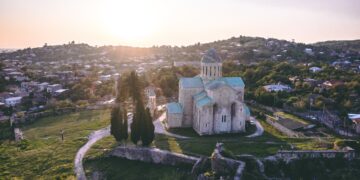
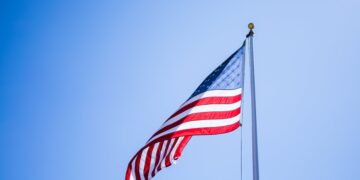

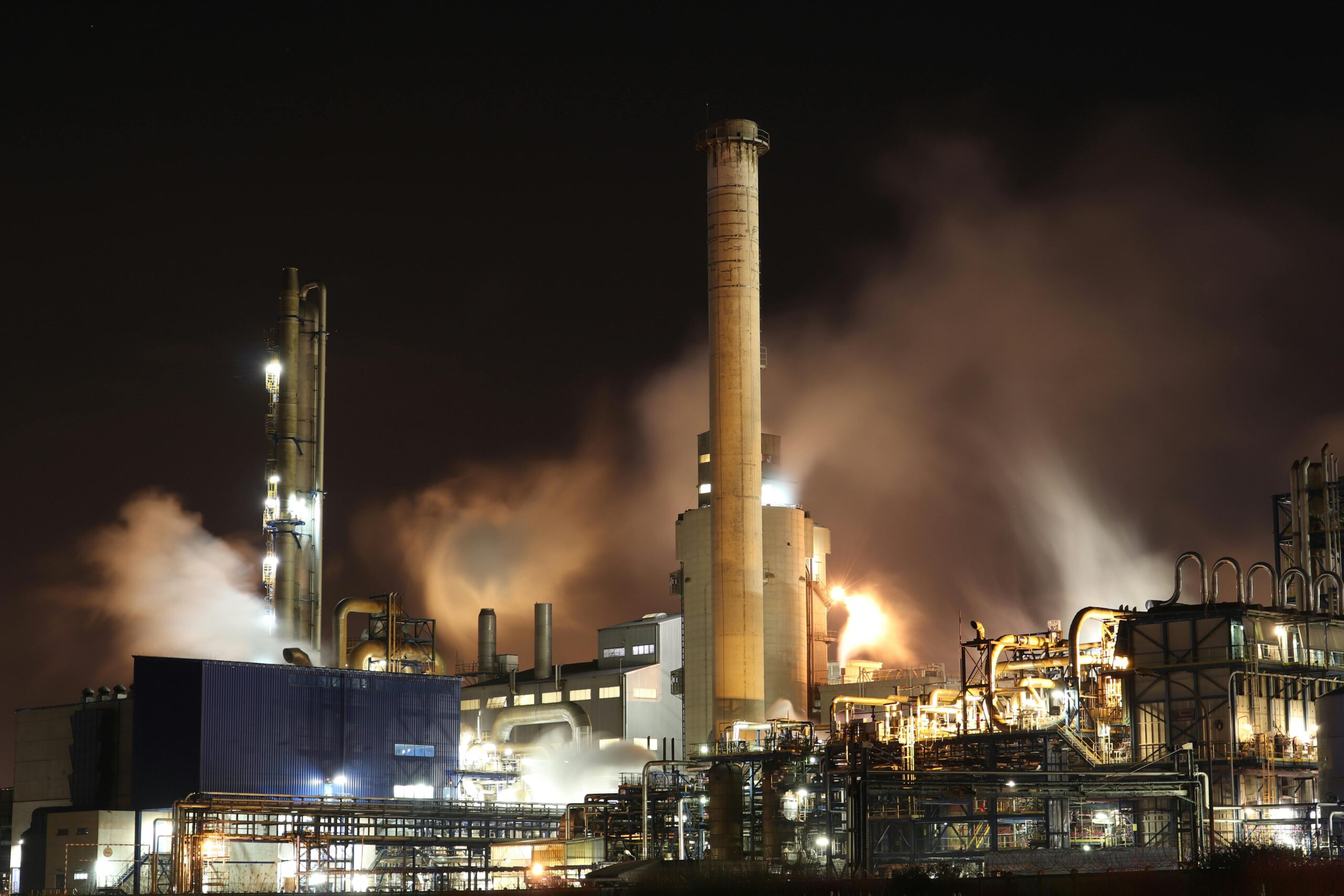
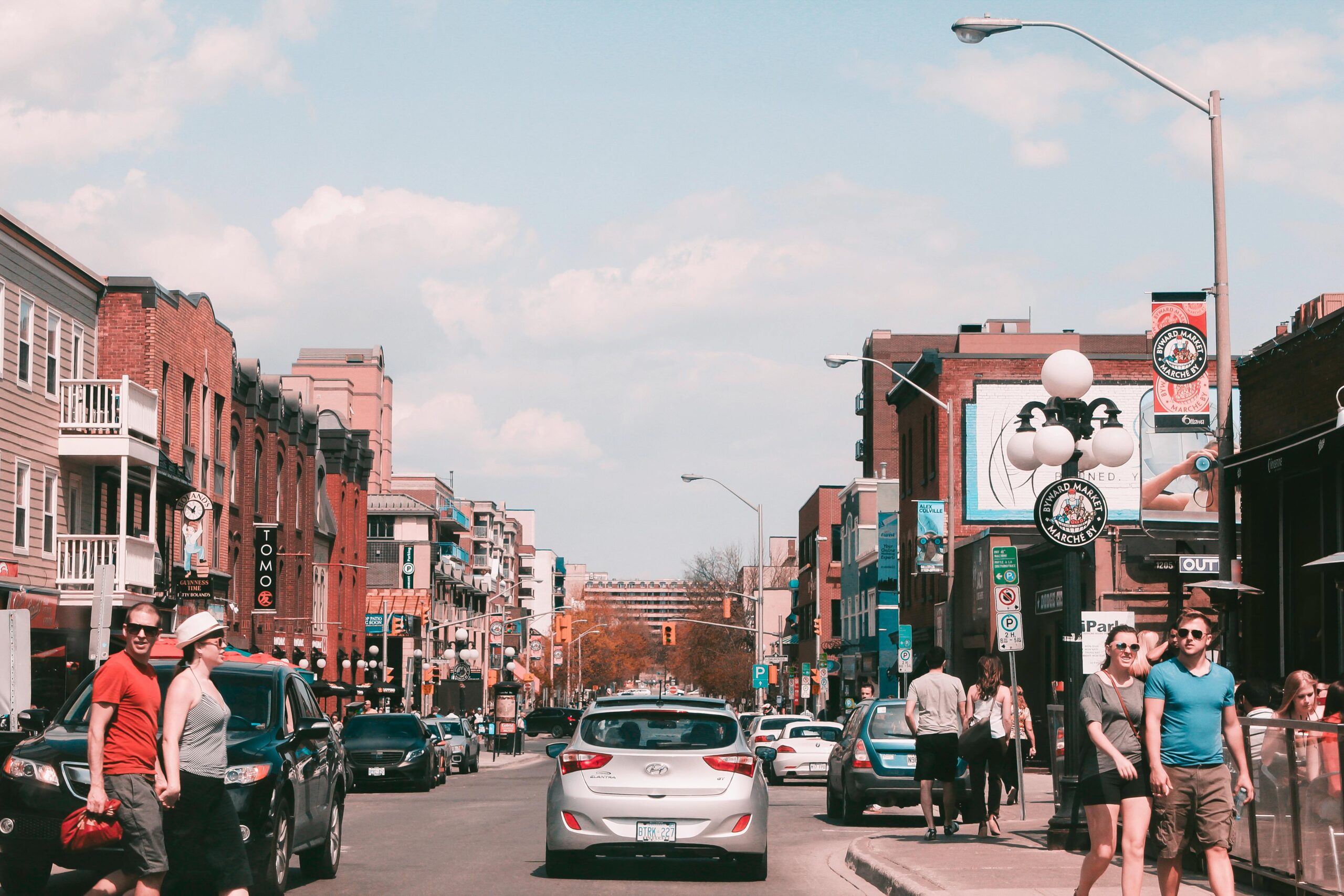
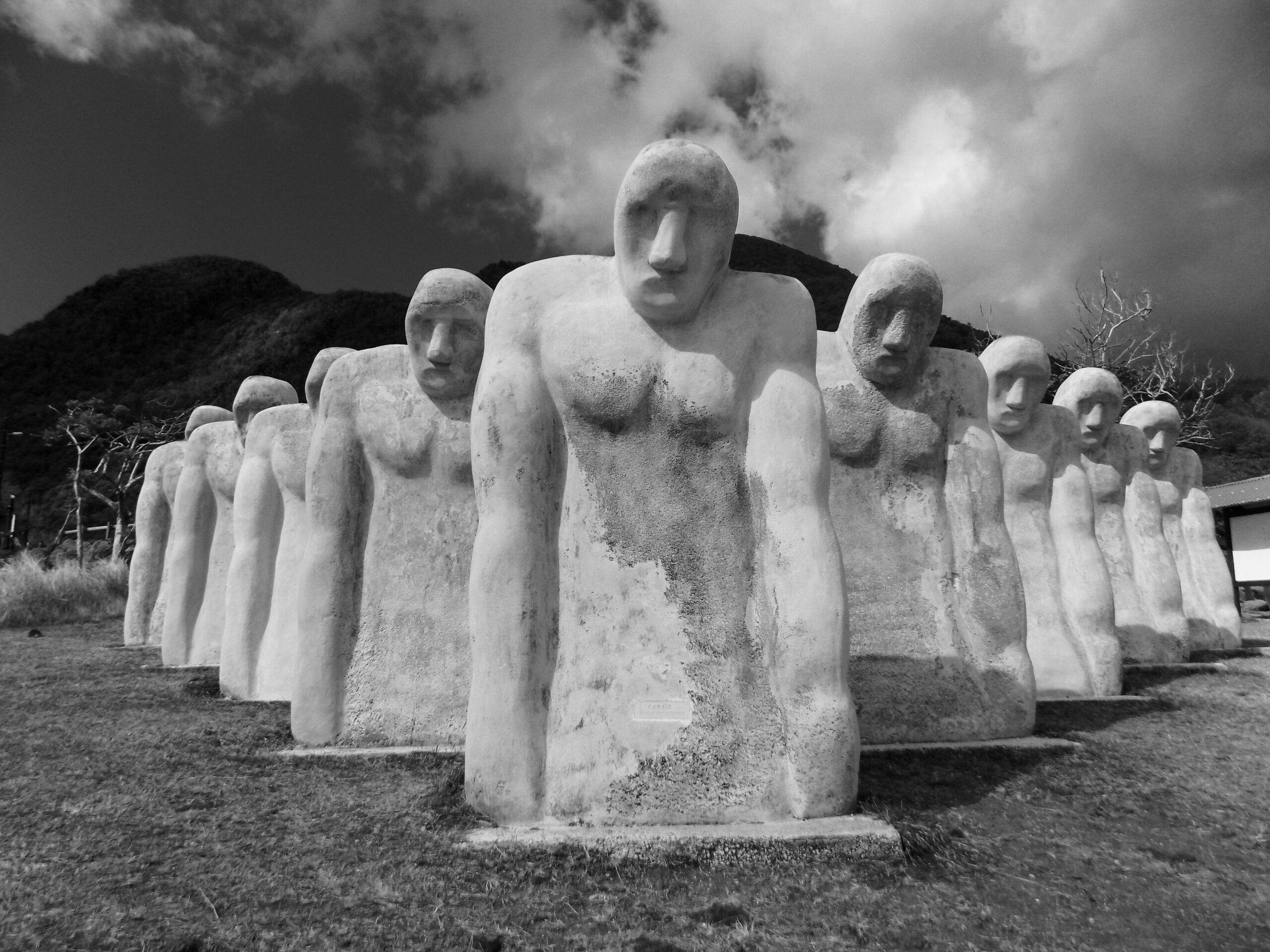


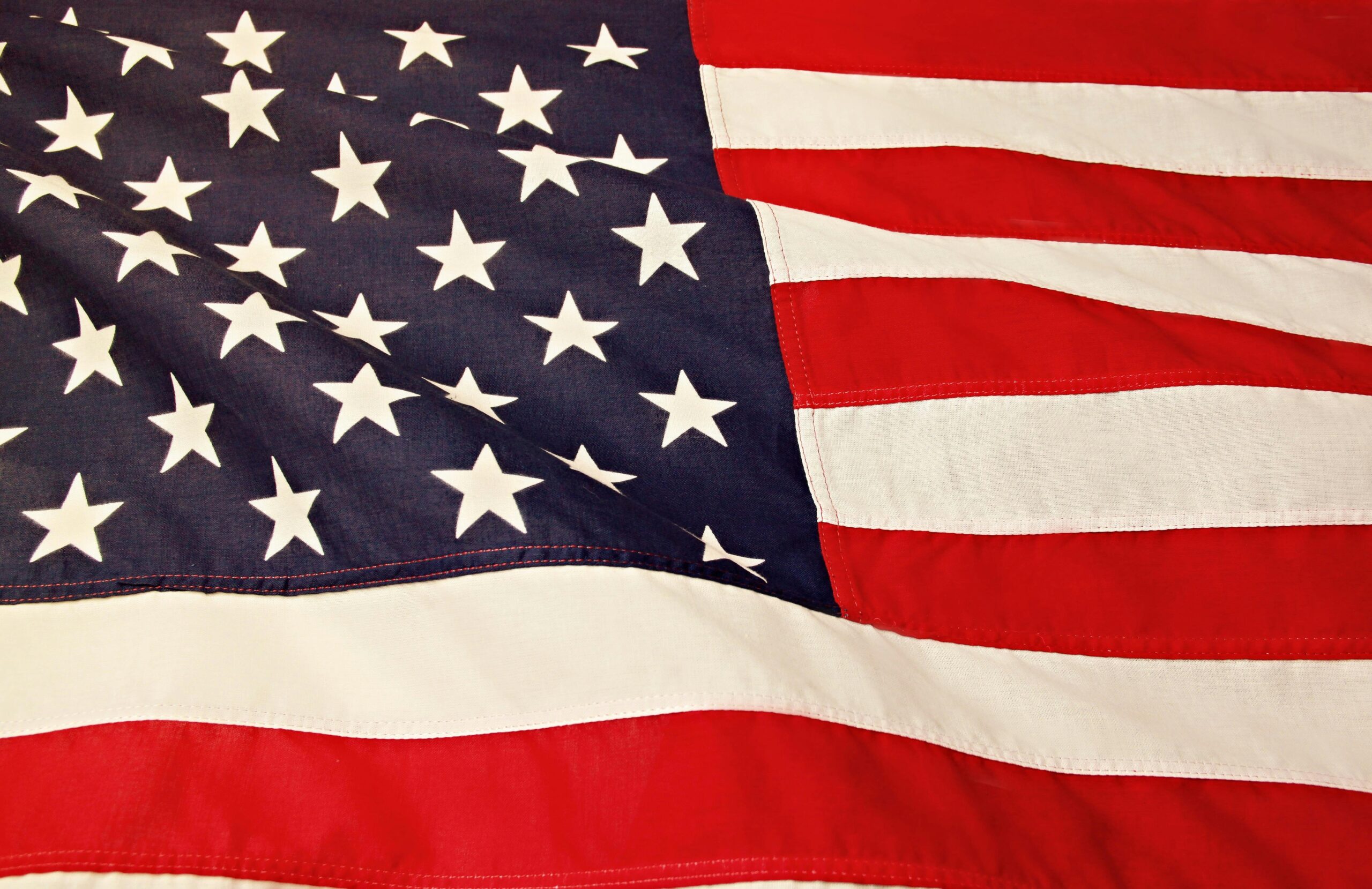
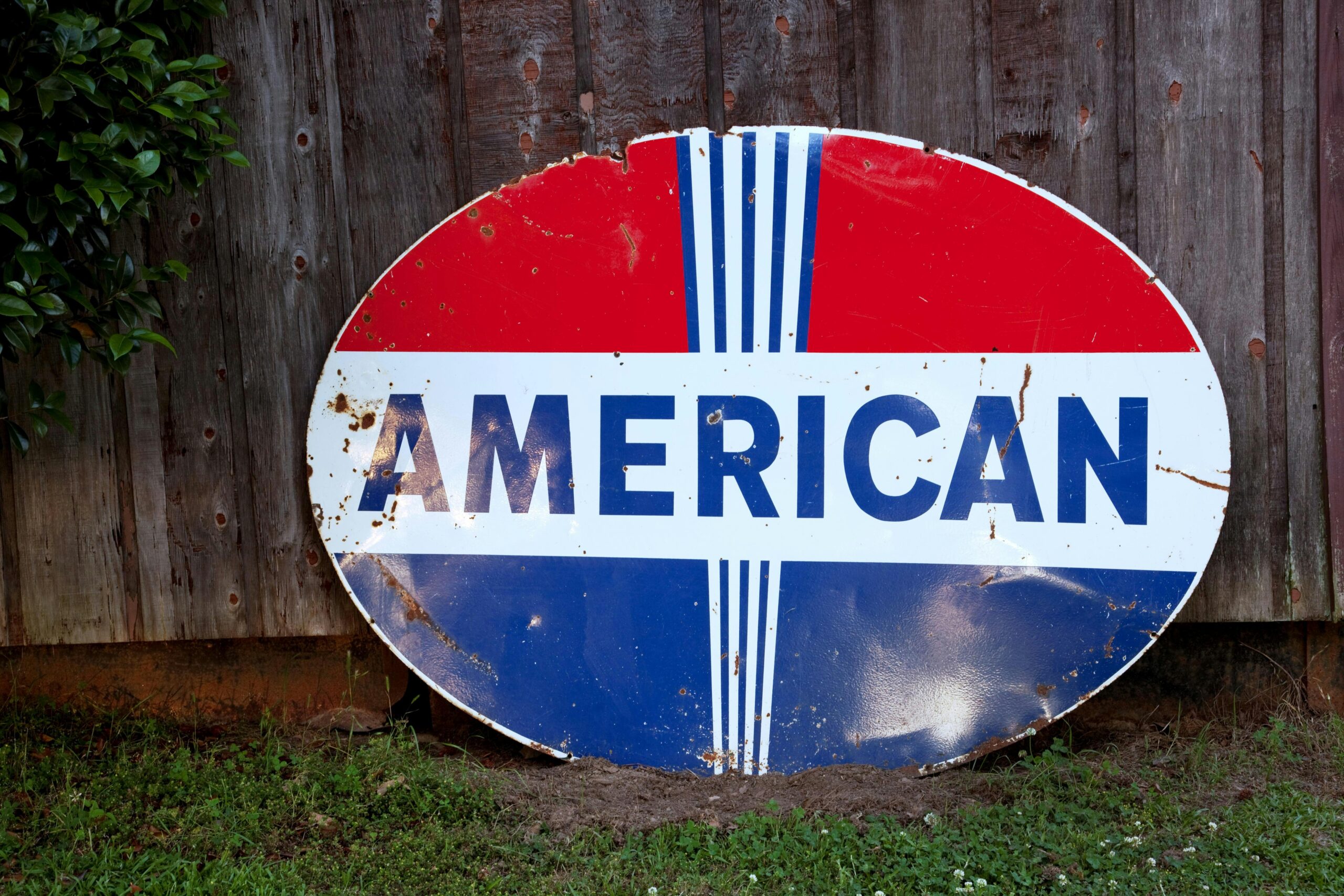

Recent Comments